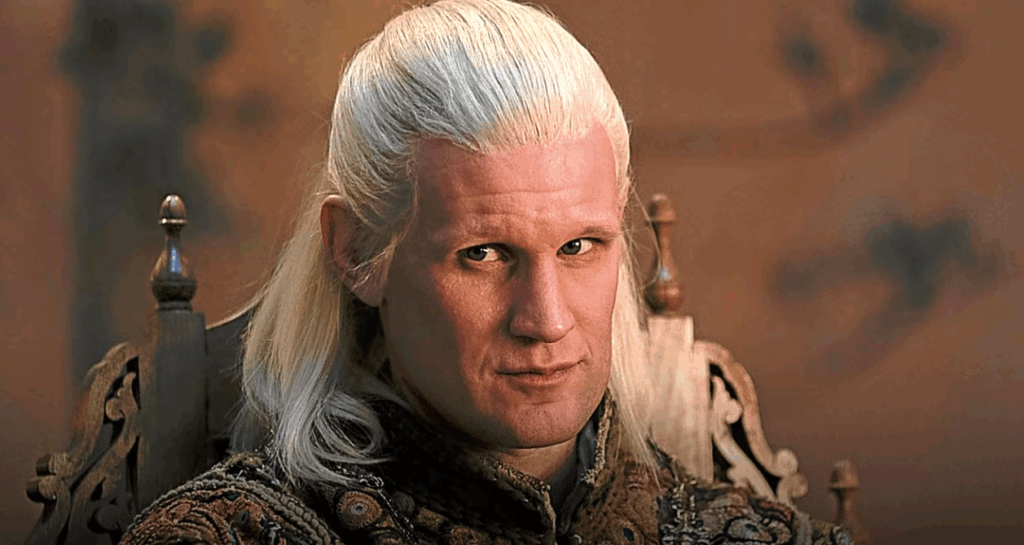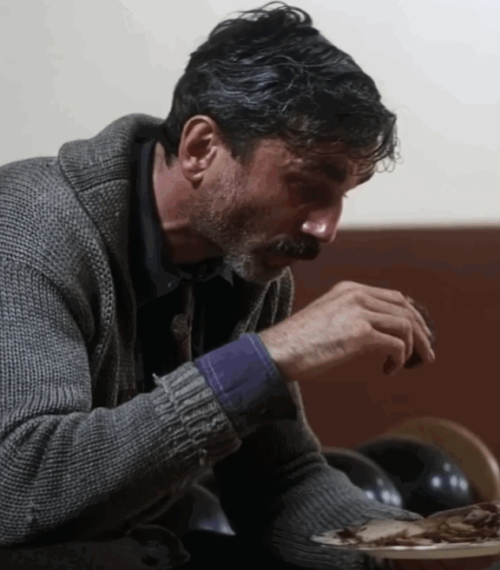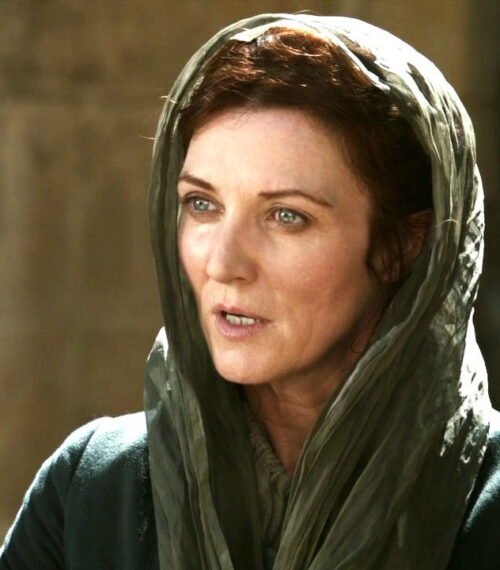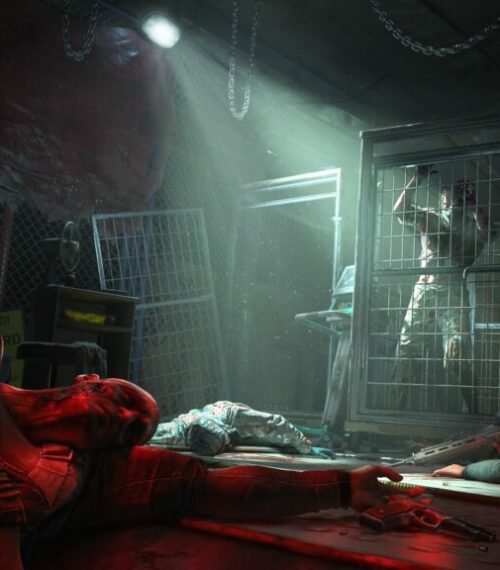If there’s one thing George R.R. Martin does best, it’s making sure readers never get too comfortable. Just when things seem steady in his world of dragons and thrones, a grisly act of violence is served to us. Or a twist of fate gets to you like a gut punch. House of the Dragon is much like Game of Thrones before it. The show doesn’t hold back. It has plenty of blood, gore, or political betrayal.
Yet even so, the show has had to tone down or reshape certain events from the book Fire & Blood. Some of the book’s darkest passages are very cruel. It is so soul-crushing that they might have pushed audiences into full-blown trauma had they been adapted word-for-word. After all, what works in the pages of Fire & Blood doesn’t always translate neatly to TV screens—sometimes the brutality is simply too much.
From whispered scandals to gruesome executions, from children maiming each other to crab-filled nightmares, the lore Martin laid down makes it clear that even the show’s hardest-to-watch moments are just scratching the surface.
1. The Blood & Cheese Horror and Helaena’s Impossible Choice
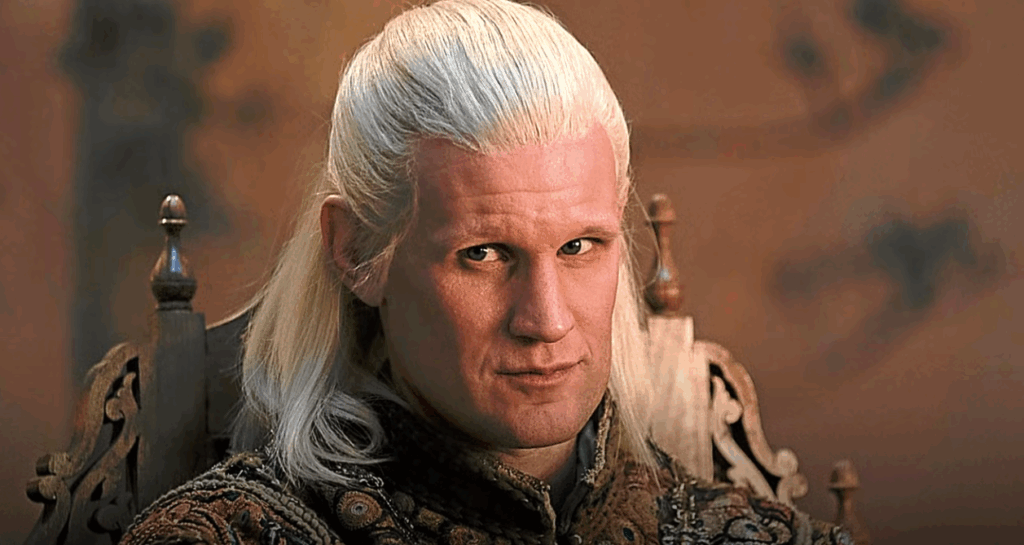
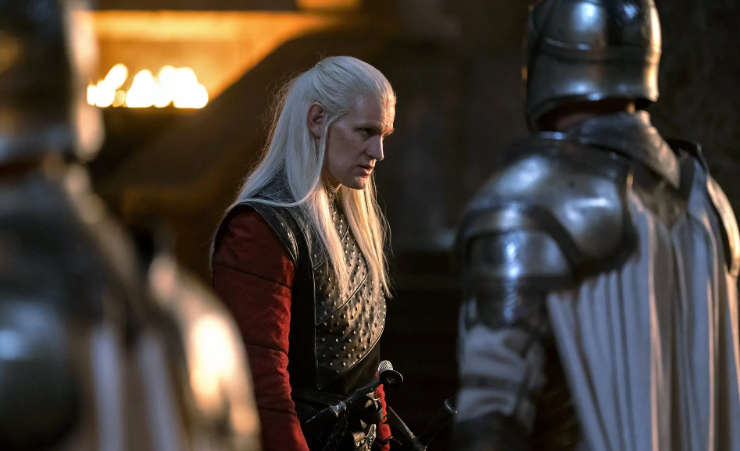
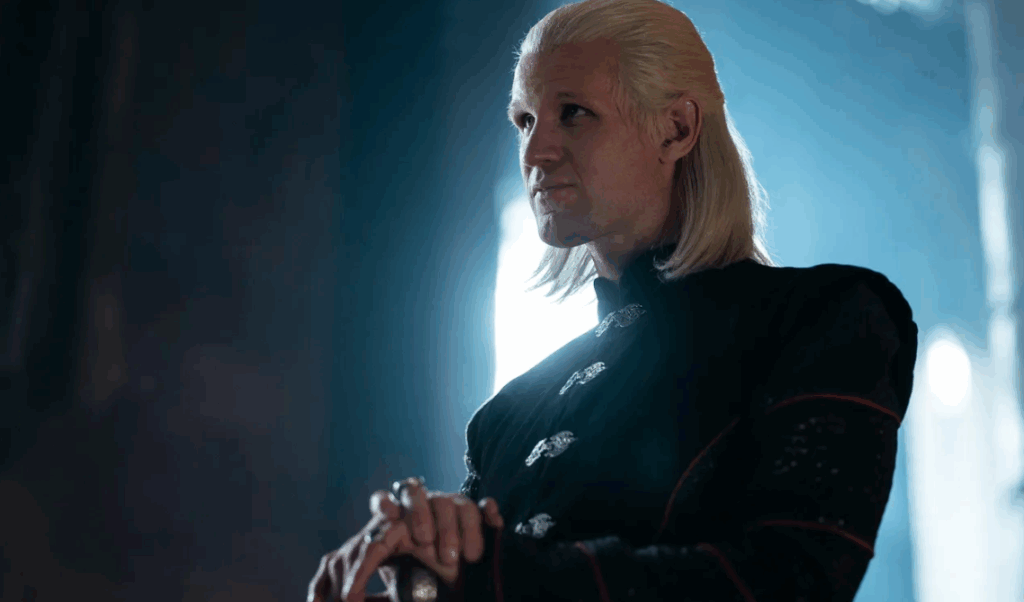
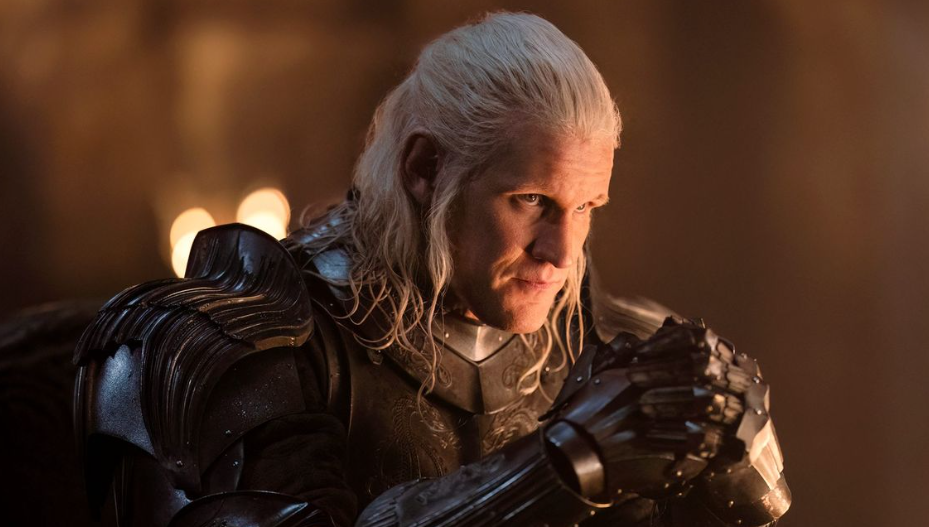
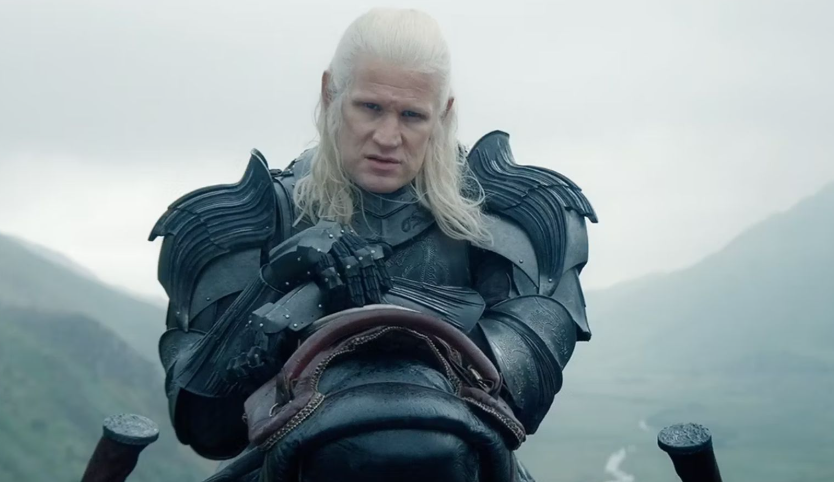
“Pick your favorite child” is a nightmare question, not a bedtime story.
Among all the disturbing chapters of Fire & Blood, the Blood and Cheese incident reigns supreme. After Lucerys Velaryon’s tragic death, Daemon Targaryen plots revenge with chilling swiftness. His answer is to send assassins—one a former City Watchman known as Blood, the other a rat-catcher called Cheese—creeping through the secret tunnels of the Red Keep until they reach Queen Helaena’s chambers. What unfolds is less an assassination and more an act of psychological torture.
In the book, the two killers don’t simply aim to strike down a Targaryen heir. They bind and gag Queen Alicent, kill guards and maids, and confront Helaena with all three of her children present: the twins Jaehaerys and Jaehaera, and the youngest, Maelor. They make her choose which of her sons must die, threatening to kill them all—and even threatening to r*pe her daughter—if she refuses. Helaena begs them to take her life instead. Finally, broken and terrified, she names Maelor, her youngest. But the assassins twist the knife further: they kill Jaehaerys instead, taunting Maelor with the words, “Your mother wanted you dead.”
The show’s version in season two, while still harrowing, eases up on some of these cruelties. Alicent is never gagged or bound, and the maids aren’t murdered. Instead of demanding Helaena select which son will die, the assassins force her to point out the male heir. Even the worst details, like the r*pe threat to Jaehaera, are omitted. Still, the horror lingers. The very idea of forcing a mother into that choice remains one of Martin’s most gut-wrenching inventions.
2. The Queen’s Downward Spiral: Helaena’s Breakdown and Tragic End
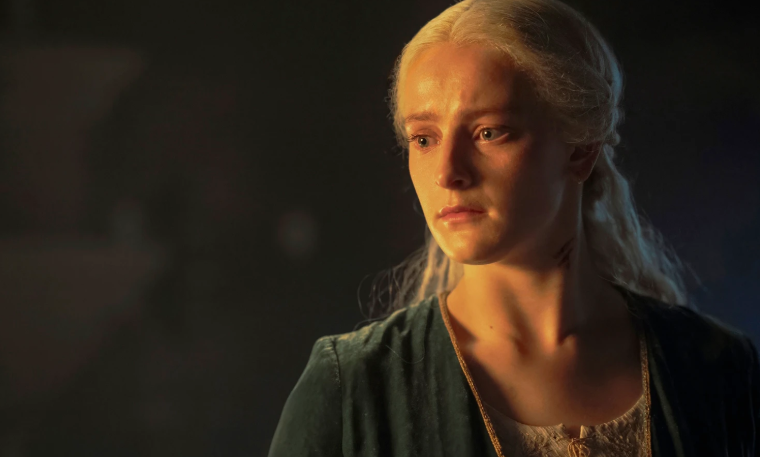
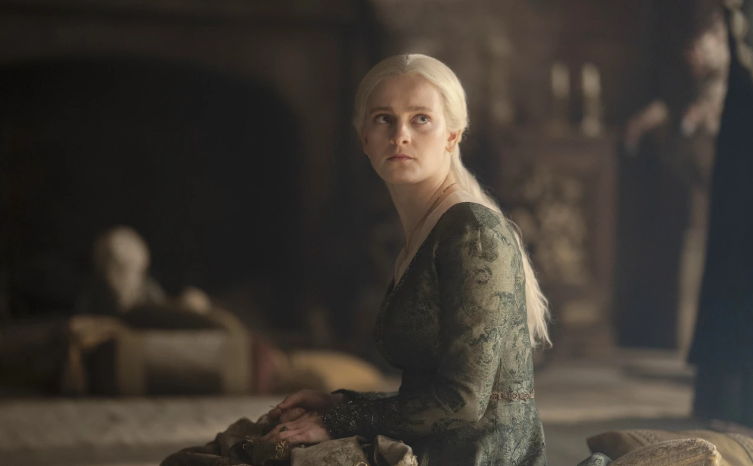
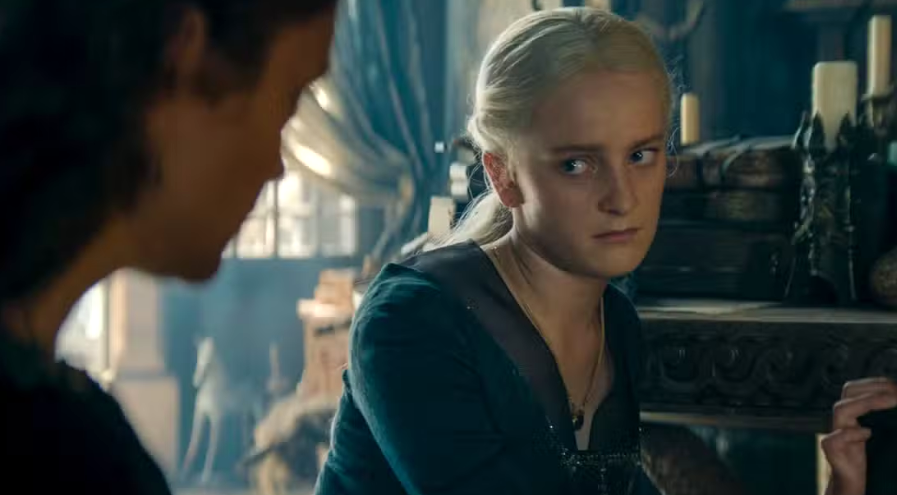
Sometimes innocence is the very first casualty of a war.
Helaena Targaryen’s fate is a reminder that in Martin’s world, even the purest characters are not spared from torment. It is described as a gentle soul with strange prophetic dreams. She begins the Dance as one of the least threatening players. Yet it is she who suffers the most unspeakable blow. The Blood and Cheese atrocity destroys her from within, and from that point, her life takes a steady and sorrowful plunge.
The book describes her as withdrawing from the world, refusing food, and distancing herself even from her surviving children. The guilt of her coerced choice haunts her. She avoids her son Maelor, unable to look at him after believing she had signed his death warrant. When Rhaenyra later claims the Iron Throne, Helaena is kept under guard for months. Her suffering becomes the stuff of whispers in King’s Landing.
Eventually, her story ends in tragedy. She jumps from her window to her death, though the cause is clouded by rumor. Some say she took her own life out of unbearable grief, others whisper Rhaenyra had her murdered. Fire & Blood’s narrators dismiss the more lurid theories. But the truth remains bleak: a young woman already broken by cruelty ended her life in despair.
For viewers, the show may choose to hint at her decline rather than linger on the gruesome details. But the seed of tragedy has already been planted.
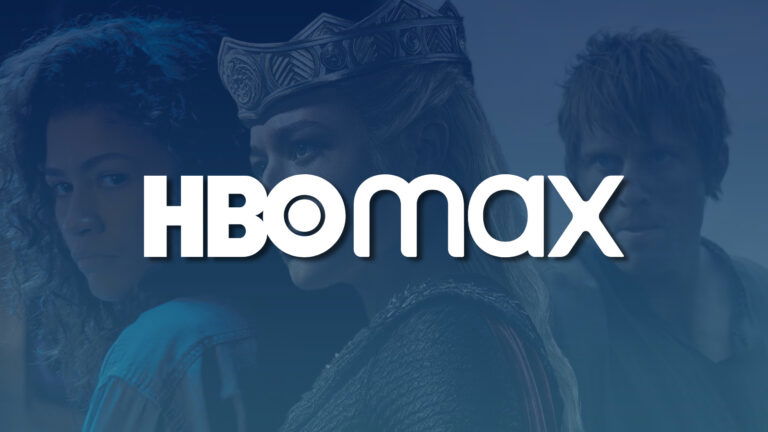
HBO 2026 Release Schedule: House of the Dragon Season 3, Euphoria Season 3, Knight of the Seven Kingdoms and More
3. Little Maelor’s Place in a Murder Too Gruesome to Show
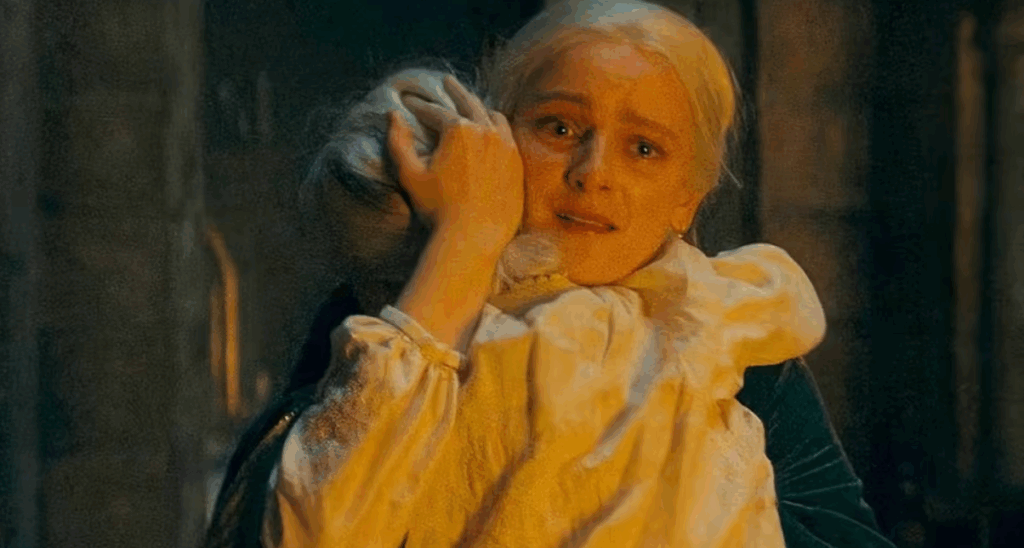
The youngest Targaryens never catch a break.
Perhaps the most haunting detail of the Blood and Cheese incident lies in the presence of Maelor, Helaena’s youngest. At just two years old, he is forced to witness the horror alongside his siblings. The assassins cruelly manipulate Helaena into naming him as the one to die, as we have mentioned before. But then they kill Jaehaerys instead. The trauma is doubled: Jaehaerys is dead, and Maelor grows up with the shadow of knowing his mother once chose him to be the victim.
The show neatly sidesteps this by erasing Maelor from the timeline altogether. With the decades compressed, Maelor hasn’t even been born during the Blood and Cheese sequence. Both twins are portrayed as younger than in the book. This change softens the blow considerably. Without the toddler in the picture, the scene becomes less about a twisted psychological trick. The scene becomes more about loss.
But for book readers, the presence of Maelor is what makes the episode almost unbearable to read. It isn’t just a killing. It is the deliberate poisoning of a mother’s relationship with her children. Even in Martin’s world, where atrocities are plentiful, this one stands apart as particularly cruel.
4. Whispers of a Darker Fate: Rumors of Enforced Pr*stitution
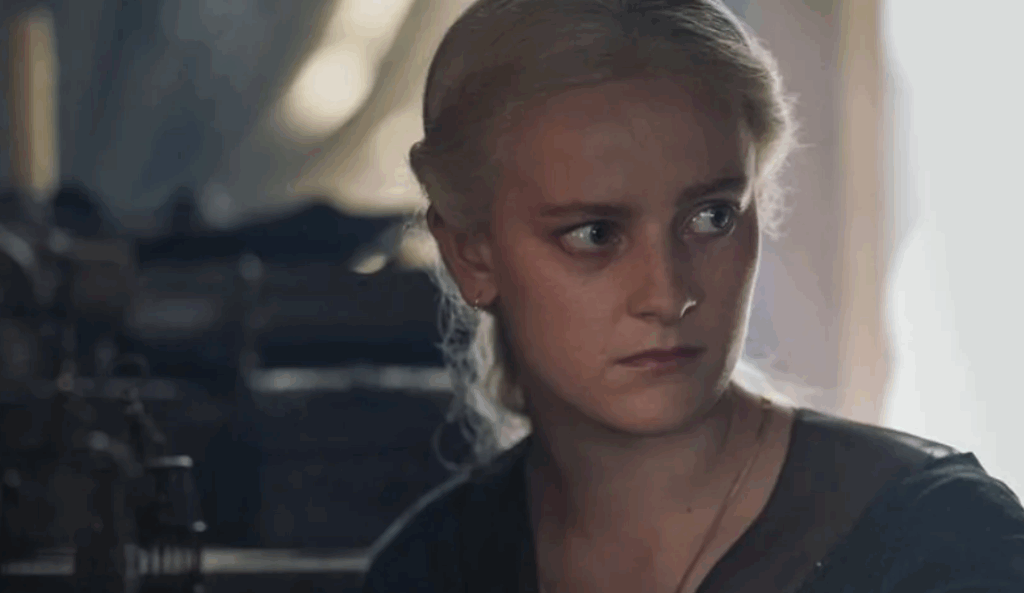
When history becomes gossip, it’s never flattering.
In Fire & Blood, Queen Helaena’s tragic story gets even murkier thanks to the unreliable chroniclers Martin loves to use. After her capture and eventual downfall, some accounts mutter that she might have been forced into s*xual exploitation or pr*stitution. The rumors are never confirmed. But they hang like a poisonous cloud over her legacy. These whispers don’t just sting because of the cruelty. These rumors also highlight how history in Westeros is shaped as much by slander as by truth.
The show, so far, has avoided playing with this particular rumor. Instead, it keeps its focus on Helaena’s grief. It shows us her fragility and eventual unraveling. Bringing in talk of enforced prostitution would have dragged the story into even darker territory. It would have risked sensationalism over tragedy. Still, in Martin’s world, the line between fact and foul rumor is always deliberately blurred.
5. Aemond’s Cruel Act: The Defilement of Lucerys’s Body
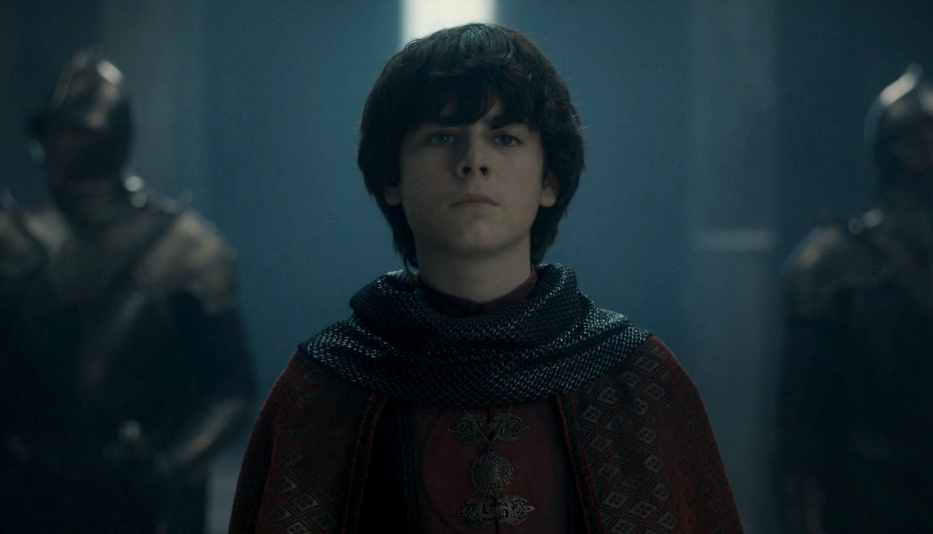
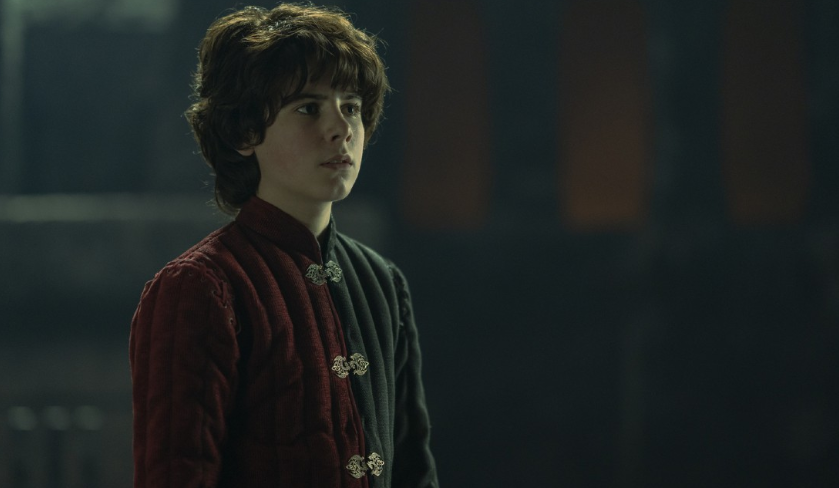
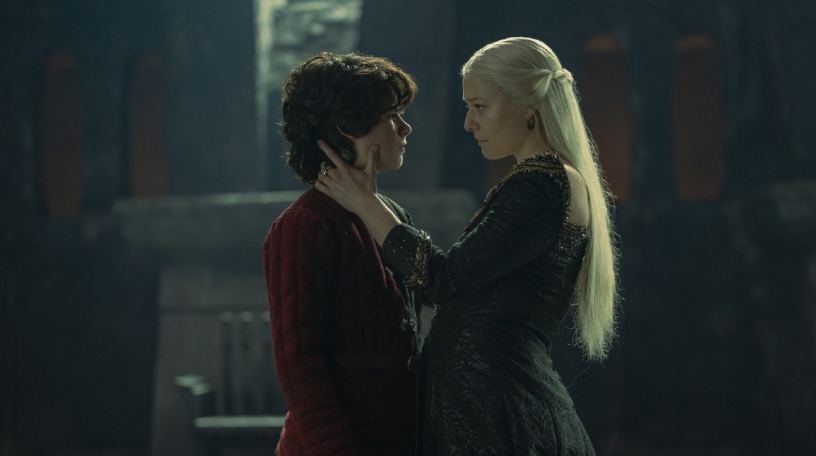
Taking someone’s eye is bad enough, but taking their dignity after death is even worse.
Lucerys Velaryon’s death is one of the emotional turning points of both the book and the series. In House of the Dragon, the chase at Storm’s End ends with Vhagar killing Lucerys and his dragon, Arrax, in what feels like an accident more than a calculated strike. Aemond, despite his fury, appears horrified by the outcome, a man who lost control of both his temper and his beast.
The book’s accounts are not so forgiving. According to the chronicler known as Mushroom—whose version of events is often salacious and cruel—Aemond takes things much further after Lucerys’s death. When the boy’s body washes up, Aemond mutilates the corpse, plucking out his eyes and presenting them as a gift to Lady Maris Baratheon. Whether true or not, it paints Aemond as a man not only bent on vengeance but also on desecration.
The show sidesteps this detail entirely, choosing instead to humanize Aemond as a rider struggling to control his dragon. Yet in the book’s multiple perspectives, the possibility remains: was Aemond the grief-stricken uncle of the show, or the merciless butcher of Mushroom’s tale? That ambiguity is Martin’s hallmark.
6. When Dragons Brought Fire to the Innocent: Raids and Massacres
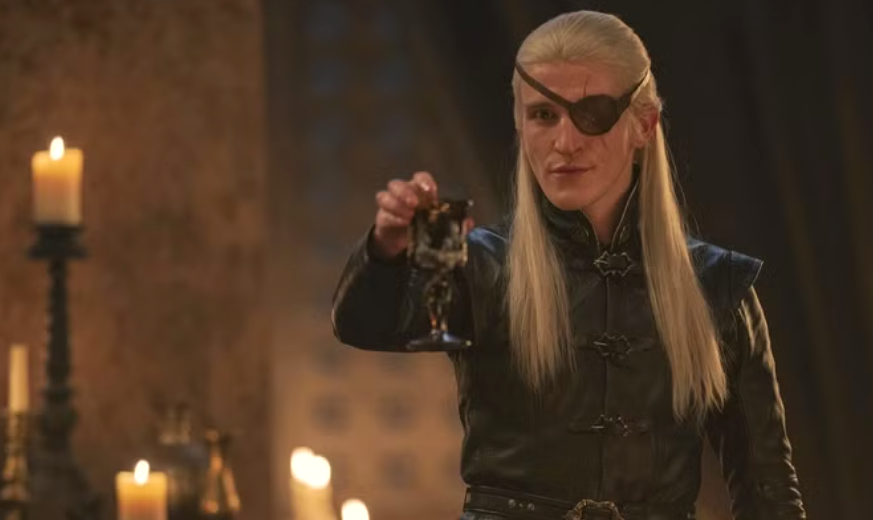
Nothing says “family feud” like torching a few thousand strangers for it.
It’s easy to get dazzled by the sight of dragons dueling in the skies, but the most horrifying dragon moments in Fire & Blood aren’t the battles—they’re the massacres. Aemond Targaryen in particular carves a path of devastation through the Riverlands. He does that not by targeting armies or fortresses, but by setting entire villages and towns ablaze.
Mounted on Vhagar, he becomes a one-man weapon of mass destruction. Farms, hamlets, and civilians stand no chance against him. His campaign is less about military strategy than sheer terror. He spreads panic and misery on a scale no ground army could match. The destruction is so immense that Daemon Targaryen himself is dispatched to stop him. It was a sign that the Blacks could not let this unchecked cruelty continue.
On screen, these raids are only hinted at so far. This is partly because of the difficulty of showing mass civilian deaths and partly because television tends to narrow its focus to key characters. Yet in the books, this scorched-earth approach becomes one of the Dance’s most infamous hallmarks. It’s a grim reminder that in wars of succession, it’s often the common folk who pay the highest price.
7. The Fight That Cost Aemond His Eye
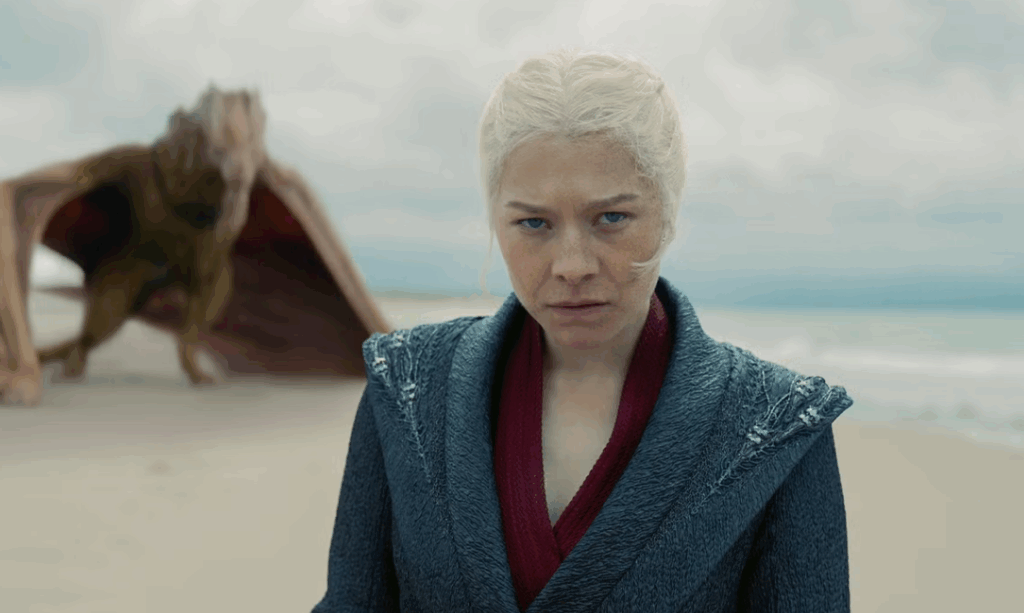
Never let kids play with dragons—it always ends with an injury report.
Aemond Targaryen’s scar is more than just a physical wound; it’s the spark that sets the Dance of the Dragons ablaze. In Fire & Blood, the infamous fight among the Targaryen children erupts after Aemond claims Vhagar, the mightiest living dragon. By doing so, he steals the chance from Rhaenyra Targaryen, who many thought had the rightful claim. What begins as a fight over dragon-riding rights quickly descends into vicious insults. Aemond mocks Rhaenyra’s sons as illegitimate, a charge that isn’t exactly false but still dangerously treasonous.
The children lash out, and swords and stones aren’t what cause the lasting damage. It’s Lucerys’s blade. In the chaos, Luke slashes at Aemond. He ends up blinding him in one eye and leaving him scarred for life. The sheer brutality of children maiming each other adds a disturbing edge. Why? It shows just how deeply the seeds of the coming civil war were planted in the next generation. What looks like schoolyard bullying becomes the first bloody beginning of a decades-long conflict.
8. The Ratcatcher’s Grim Punishment by Crows
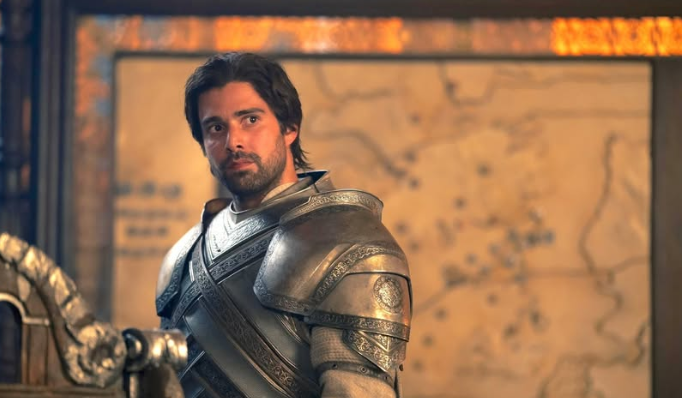
Leave it to Westeros to make pest control even grimmer.
Revenge in Fire & Blood doesn’t just strike the guilty; it swallows the innocent whole. After the killing of young Jaehaerys, King Aegon lashes out in a fit of rage. Believing a rat-catcher helped the assassins, he decides to make an example. The problem? He doesn’t know which rat-catcher it was. His solution is as chilling as it is reckless—he rounds up all of them in King’s Landing and hangs them, decorating the Red Keep with their lifeless bodies.
The show doubles down on this grisly act by showing the aftermath in graphic detail. As Criston Cole sets out on a mission, a corpse still hangs, rotting in the open air. Crows have already begun to feast, picking out the eyes of one unfortunate man. It’s stomach-turning not just because of the gore, but because the majority of those men were innocent, swept up in a king’s blind fury. Otto Hightower calls out the rashness. He said,
My grandson is a fool! He’s worse than a fool! He’s murdered innocent men, and hanged them from the walls of the city for all to see!
But by then, the message has already been written in blood and decay.
9. Rhaenyra’s Heart-Shattering Stillbirth
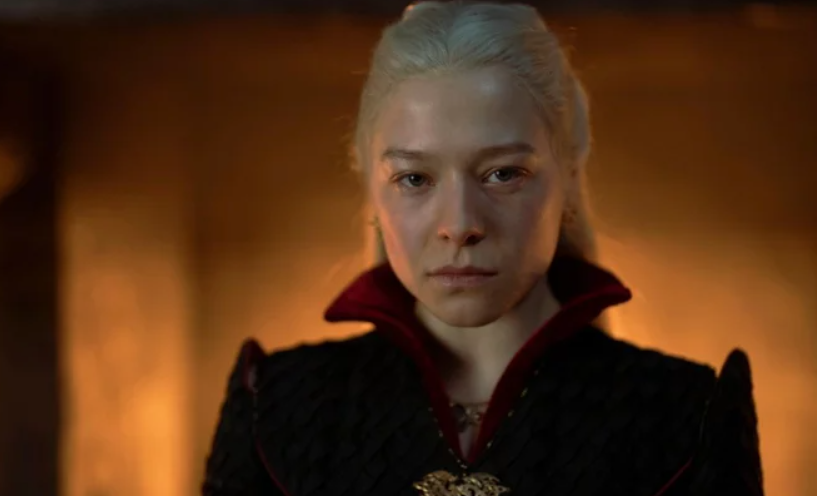
Childbirth in Westeros is the cruelest roll of the dice.
Rhaenyra Targaryen’s stillbirth is one of the most haunting moments of House of the Dragon, and Martin’s source material spares no mercy in describing it. Under enormous emotional strain after learning of her father’s death and her son Lucerys’s loss, Rhaenyra goes into labor on Dragonstone. It’s not a natural birth—it’s a traumatic, violent one. Alone, in agony, she delivers her daughter, Visenya, stillborn.
The show captures this heartbreak with unflinching detail. Rhaenyra, covered in blood, pulls her lifeless child into her arms. It’s not just another tragic childbirth scene in Westeros—it feels like the cruelest culmination of grief, the loss of a daughter on the very day her world collapses. Unlike her mother, Aemma, who suffered a horrifying death earlier in the season, Rhaenyra survives, but the emotional toll is staggering. Her stillbirth is less about gore and more about emotional devastation, the kind that lingers long after the screen fades to black.
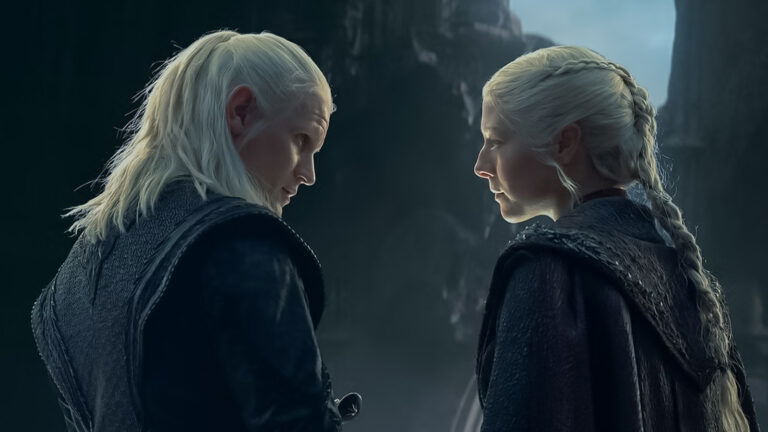
House of the Dragon Season 3 Promises to Be ‘More Ferocious’ After Divisive Season 2 Finale?
10. The Crabfeeder’s Bone-Chilling Way of Execution

Some people feed the birds; Craghas Drahar feeds the crabs.
Craghas Drahar, better known as the Crabfeeder, earns one of the most grotesque reputations in Fire & Blood. His signature method of execution is as slow as it is cruel. Captured enemies are nailed to posts along the shore, left to face the incoming tide. As the water rises, crabs feast on their flesh while the victims remain alive, powerless, and screaming.
The book mentions this gruesome practice in passing, but the show decides to lean in and turn up the volume. Viewers actually see the bodies nailed down, the scuttling crabs swarming their prey, and the helpless soldiers crying out. The visuals make clear why Drahar earned his chilling nickname—it’s not just intimidation, it’s torture wrapped in spectacle. The Stepstones war storyline uses his cruelty to underline just how monstrous Westerosi warfare can be, even without dragons involved.
Brutality is baked into the history of the Targaryens. Dragons may be symbols of awe, but they’re also engines of horror, and the human cruelty that rides alongside them is often worse than fire itself. House of the Dragon adapts a chronicle already steeped in gore and heartbreak, yet it still finds itself toning down certain details simply because the full weight of Martin’s imagination is too much to show.
From mothers forced into impossible choices to villages burned without mercy, from corpses desecrated to innocent children caught in nightmares, these stories illustrate why the Dance of the Dragons is remembered in Westeros with dread. The show’s version will always be just one angle on the tale. In the books, the violence cuts deeper. It leaves scars not just on the characters but on the very legacy of House Targaryen.
So, what do you think? Should the show have pushed things further? Should they have added more of the book’s raw brutality? Or was there already enough blood and heartbreak to make you feel uncomfortable? Share your take in the comments.

